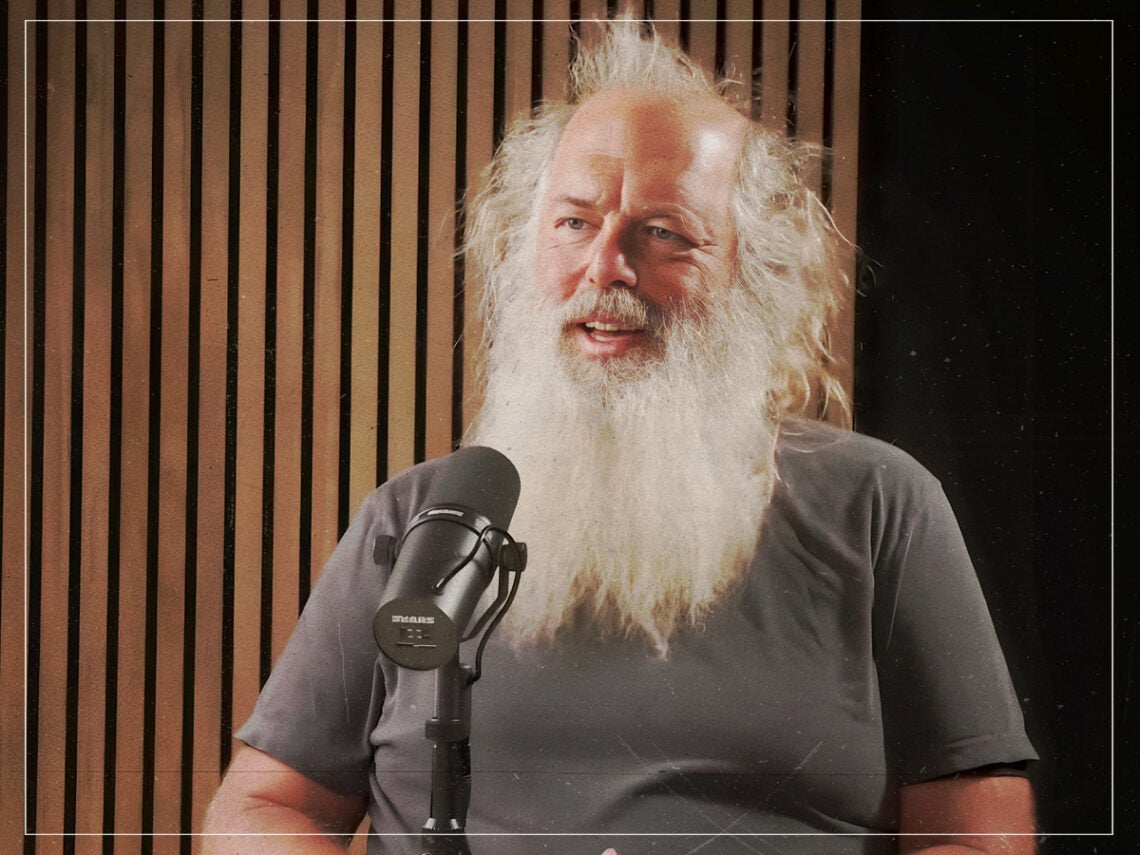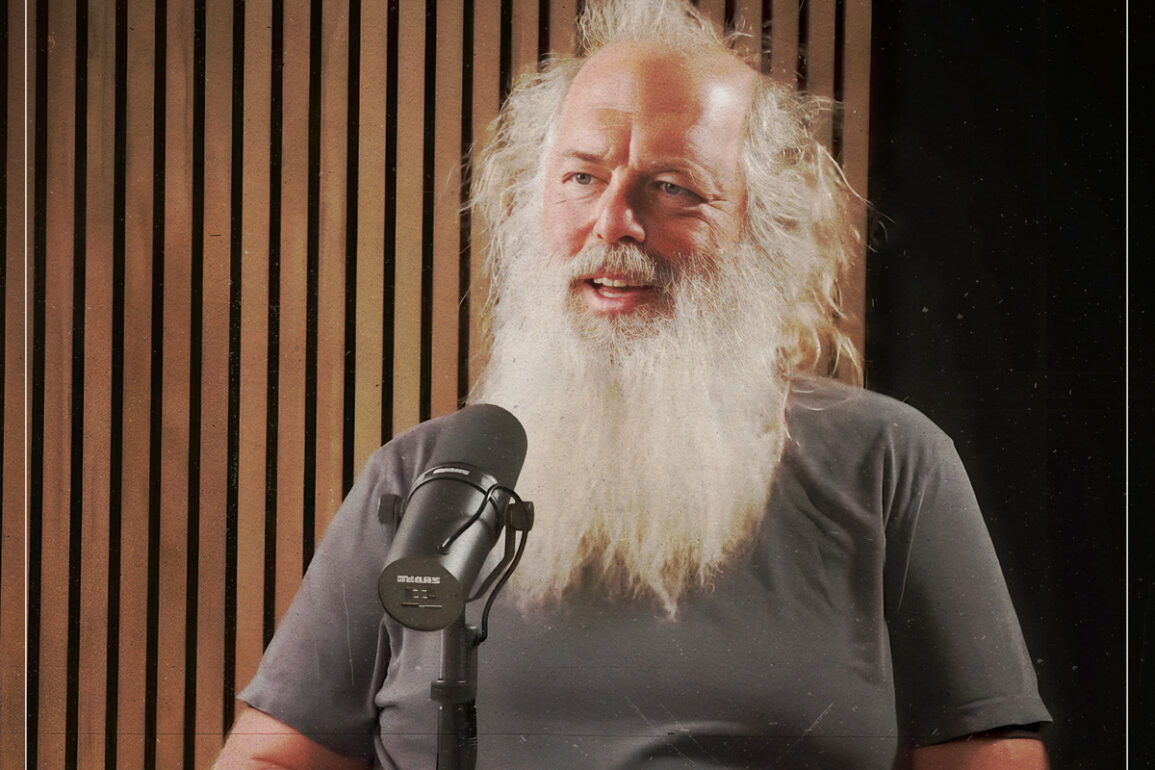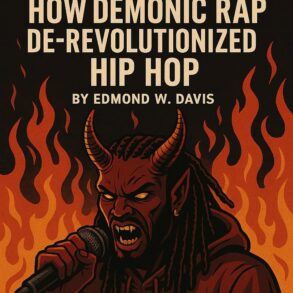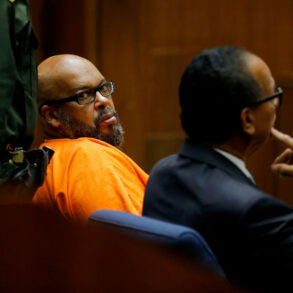
(Credits: Far Out / YouTube Still)
If one were forced to pinpoint hip-hop‘s essential pivot in its over 50-year story, it’d be hard to argue against Def Jam Recording’s founding in 1984. Birthed in the Black and working-class South Bronx neighbourhoods ten years earlier, DJ Kool Herc’s novel turntablism and extended breakbeat technique spread across the borough’s famed block parties and across New York City as the musical template for the emerging hip-hop culture encompassing graffiti art, MCing later dubbed rapping, and breakdancing.
Yet it took several years for hip-hop to cut records for a mass audience. Weaving its way into the concurrent disco that dominated the charts, early stars like The Sugarhill Gang or Kurtis Blow cut singles that showcased the new rapping technique set to conventional R&B and funk backing tracks. While popular, an infinitely more potent and uncompromised slice of hip-hop would be blasted from Kool Lady Blue Productions’ Ruza Blue’s weekly DJ sets at Chelsea’s The Roxy.
Paying attention was a young Rick Rubin, enamoured with the innovative presence of the DJ mastering the famous scratches and mixes just like any artist learns an instrument.
Keen to nurture the ‘new school’ hip hop, moving away from the disco-oriented nature of the ‘old school’, Rubin teamed up with Russell Simmons to launch Def Jam as a venture to bolster the exciting MC and DJ dynamic evolving—stylising the logo with emphasis on the ‘D’ and ‘J’ accordingly.
Having already semi-officially issued T La Rock & Jazzy Jay’s ‘It’s Yours’, Simmons and Rubin’s joint efforts oversaw key early releases from LL Cool J, Beastie Boys and, crucially, Run-DMC’s ‘Walk This Way’ rap rework with the original’s creators, Aerosmith. The new commercial attention, coupled with the rapidly evolving sampling technology available to budding producers and beat makers, saw Def Jam ride hip-hop’s second wave as its leading champion and sonic innovator.
Eager for the next vital artist to join the Def Jam roster, a tape of Long Island WLIR’s Super Spectrum Mix Hour caught Rubin’s attention. Hosted by Chuck D, spun demos of his newly formed Public Enemy with Flava Flav struck Def Jam HQ with such bold character and commanding style Rubin breathlessly sent an intern to convince the pair to join the label’s roster.
“He was the guy,” Rubin told New York in 2014. “Public Enemy was a very self-contained group, and between them and the Bomb Squad, they had their own thing going, and I just supported their trip. I can remember when Spike Lee decided to enlist Chuck to do ‘Fight the Power’. Spike shot the video, and that was a breakthrough for Public Enemy. That took them to a whole new level”.
Given a boost by supporting Beastie Boys on their Licensed to Ill tour, Public Enemy’s politically charged lyrical attack and arresting visual identity would see the ensemble pushed to the world’s most essential act—1988’s It Takes a Nation of Millions to Hold Us Back routinely celebrated as rap’s greatest album. Hip hop was here to stay, and its enduring place in popular music owes a debt to the passionate burnishing that took place between Rubin’s svengali passions and Public Enemy’s groundbreaking creative and social vision.
[embedded content]
Related Topics
Subscribe To The Far Out Newsletter
This post was originally published on this site be sure to check out more of their content.







